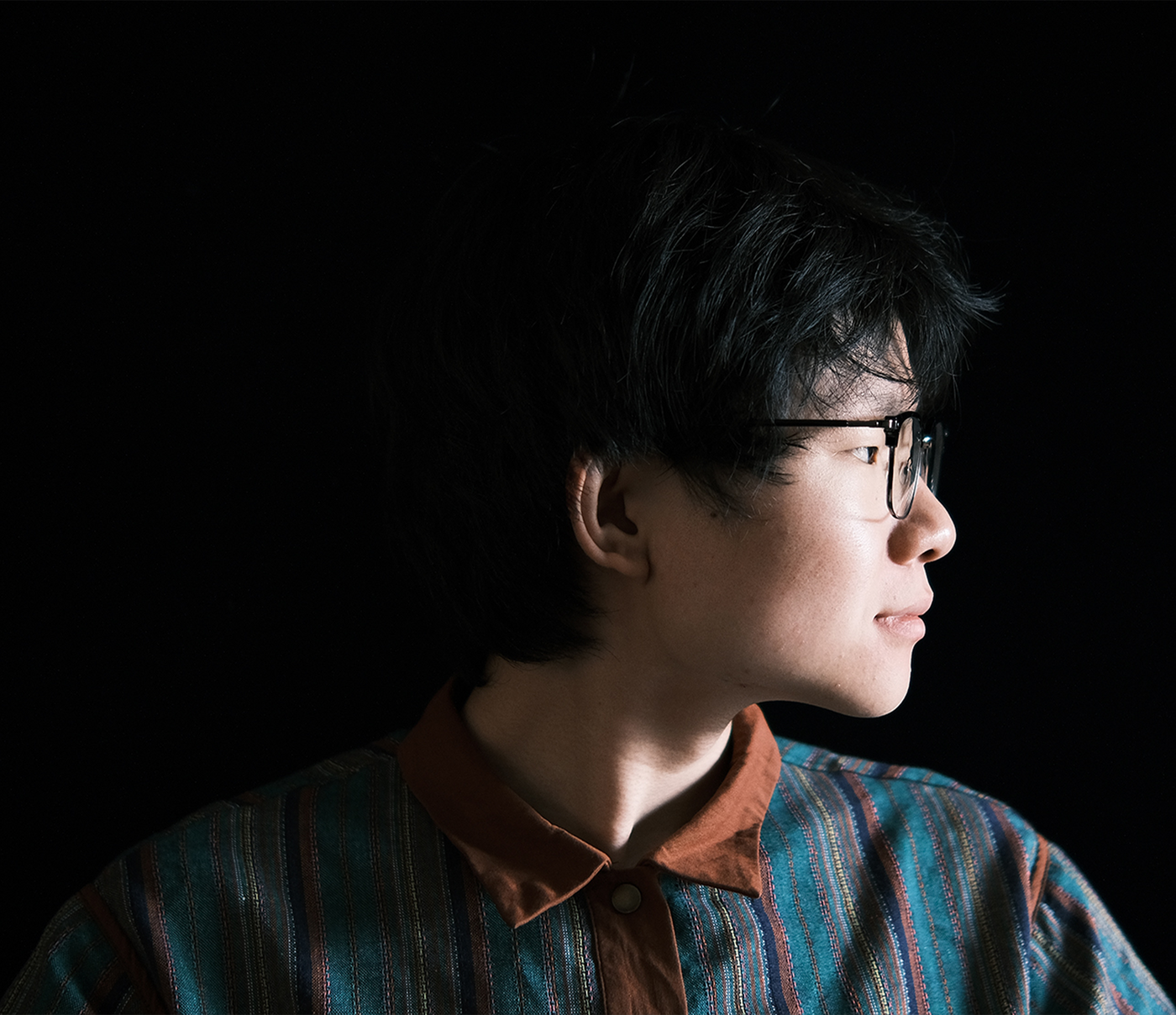
Reflecting on desire and arousing desirability at the same time: the work of the young Chinese designer Chuantao Zhu makes you want to pick it up immediately, feel the silky paper between your fingers, and immerse yourself in the perfect book composition. On 2,000 pages and with over 300 drawings and graphics, the theme of “desire” is explored on the basis of Dante’s “Divine Comedy”. In Dante’s work, completed around 1321, Chuantao Zhu sees parallels to today’s society, which all too readily favours fleeting desires over true needs. The recent bachelor’s degree graduate from Macau University of Science and Technology spent a year working meticulously on the layout and artwork, adding an extra layer to both through the effect of materiality. Chuantao Zhu found exactly the material he was looking for in a water-repellent paper with high transparency. The special binding of two book blocks sets a further accent. But that’s not all: in order to do justice to the translation of the “Divine Comedy” into Chinese and English, Chuantao Zhu realised two versions of his work. In addition, a corresponding miniature volume – just the size of the palm of your hand – is also intended to convey the spirit of Dante and make the mirror of reflection tangible at all times. Chuantao Zhu has thus succeeded in creating an impressive overall aesthetic work that would certainly have appealed to his professional role model Armin Hofmann.
Interview with Chuantao Zhu
You used the “Divine Comedy” to analyse and visually translate the theme of “desire”. What were your considerations beforehand?
The work is based on my reflection on widespread negative phenomena in modern society, including consumerism, materialism, hedonism and narcissism. I realised that people today often strive for instant gratification and superficial pleasures, losing sight of the importance of lasting values and long-term goals. This has led to a disregard for inner spiritual needs and moral responsibility. In response, I sought to explore ancient methods of discipline and came across Dante’s “Divine Comedy”. He employs the narrative of a “journey” to elucidate his views on human desire and sin, in the course of which the constant conflict between body and will comes to light. “Desire” plays a complex and multilayered role; it is both a challenge to be overcome and a force that can be transformed into virtue.
The result is a Chinese and an English volume, which also differ in terms of form. What was the motivation here?
Initially, I wanted to combine both languages in one layout. However, after reading both the Chinese and the English versions of the “Divine Comedy”, I decided in favour of two volumes. The reading experience differs considerably in the respective translations, and I wanted to do better justice to the specific characteristics of each language.
The design is monochrome throughout. What significance did that have for you?
The contrast between black and white reflects the inner struggle and balance within humans. It symbolises both challenges that need to be overcome and forces that can be transformed into virtues. This design conveys a sense of simplicity, purity and profound symbolism. The approach taken enhances the unity and coherence of the book, highlighting its content while giving it a modern aesthetic.
Can you tell us something about the supplementary miniature edition?
With this little book, I hope to emulate one of Dante’s principles in writing the “Divine Comedy”. He used simple language to reach the masses and created memorable poetry that encompassed different social classes and linguistic styles. By reducing the size of the book to fit in the palm of a hand, I wanted to enable its owners to read it anytime, anywhere. Just as Dante spread his poetry over 700 years ago, I hope that this format will allow more people to read and understand my work.

